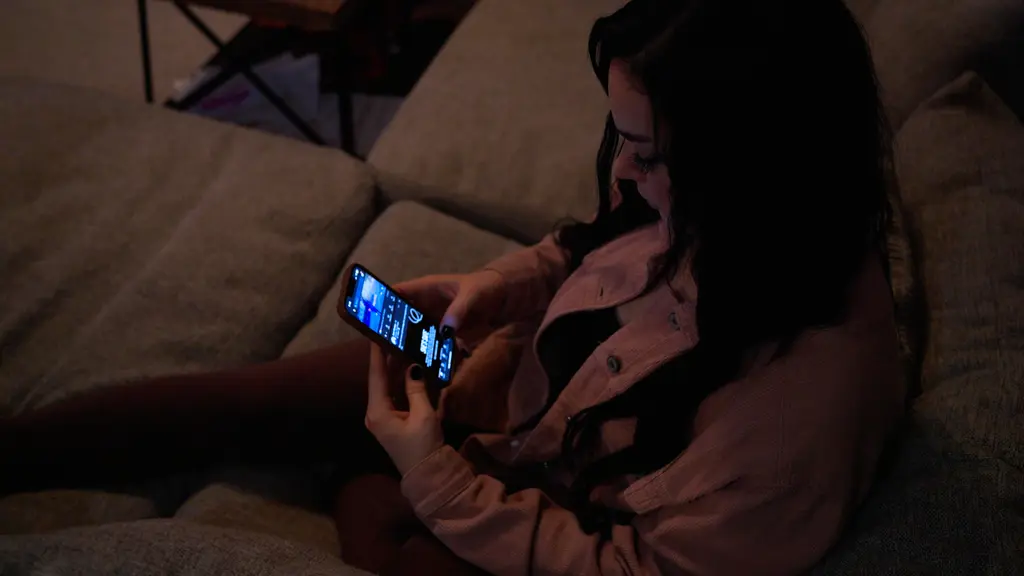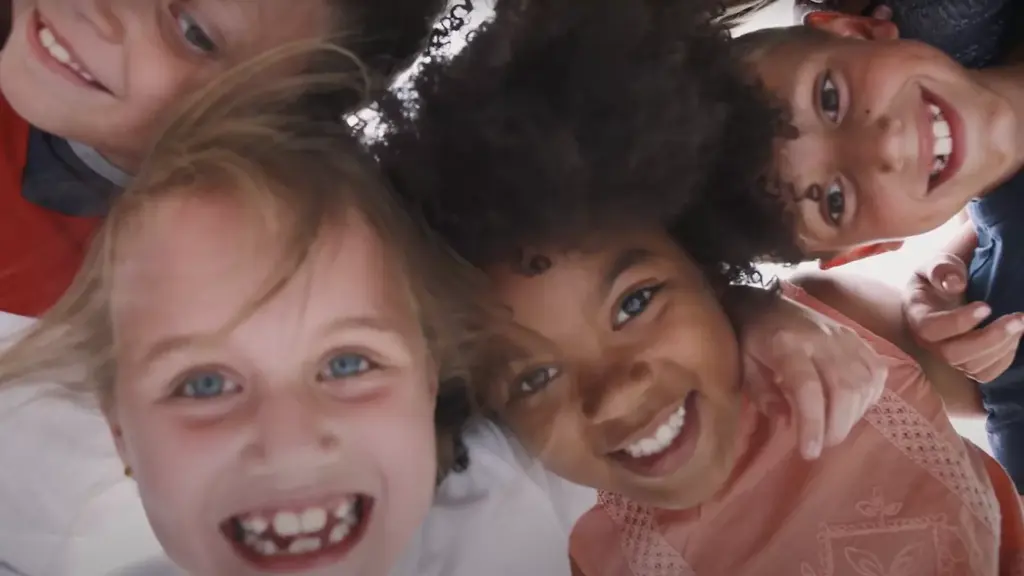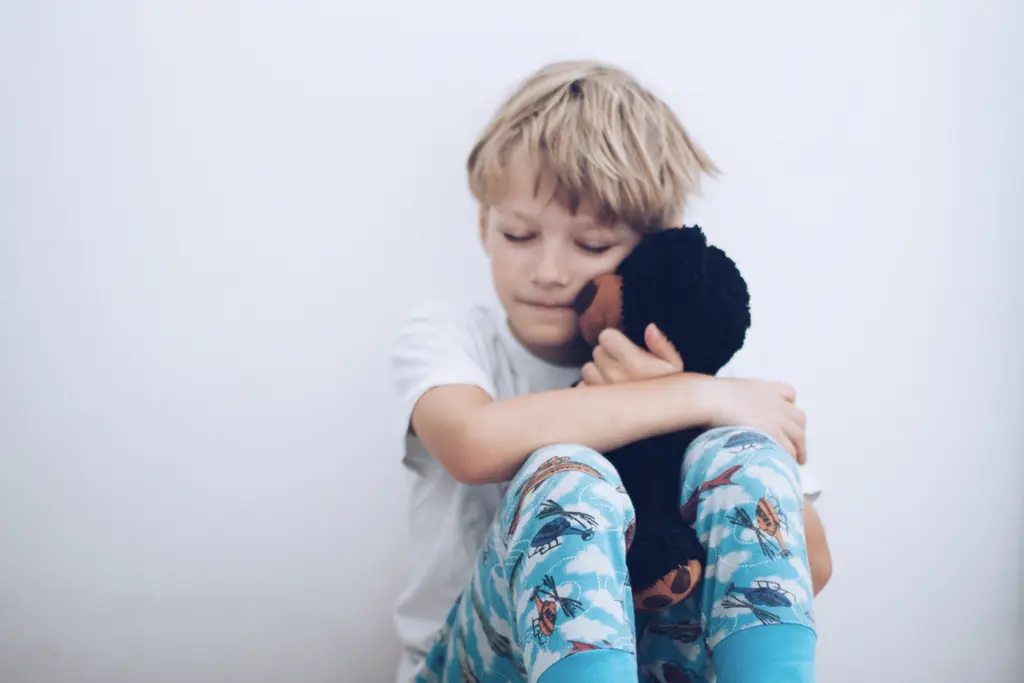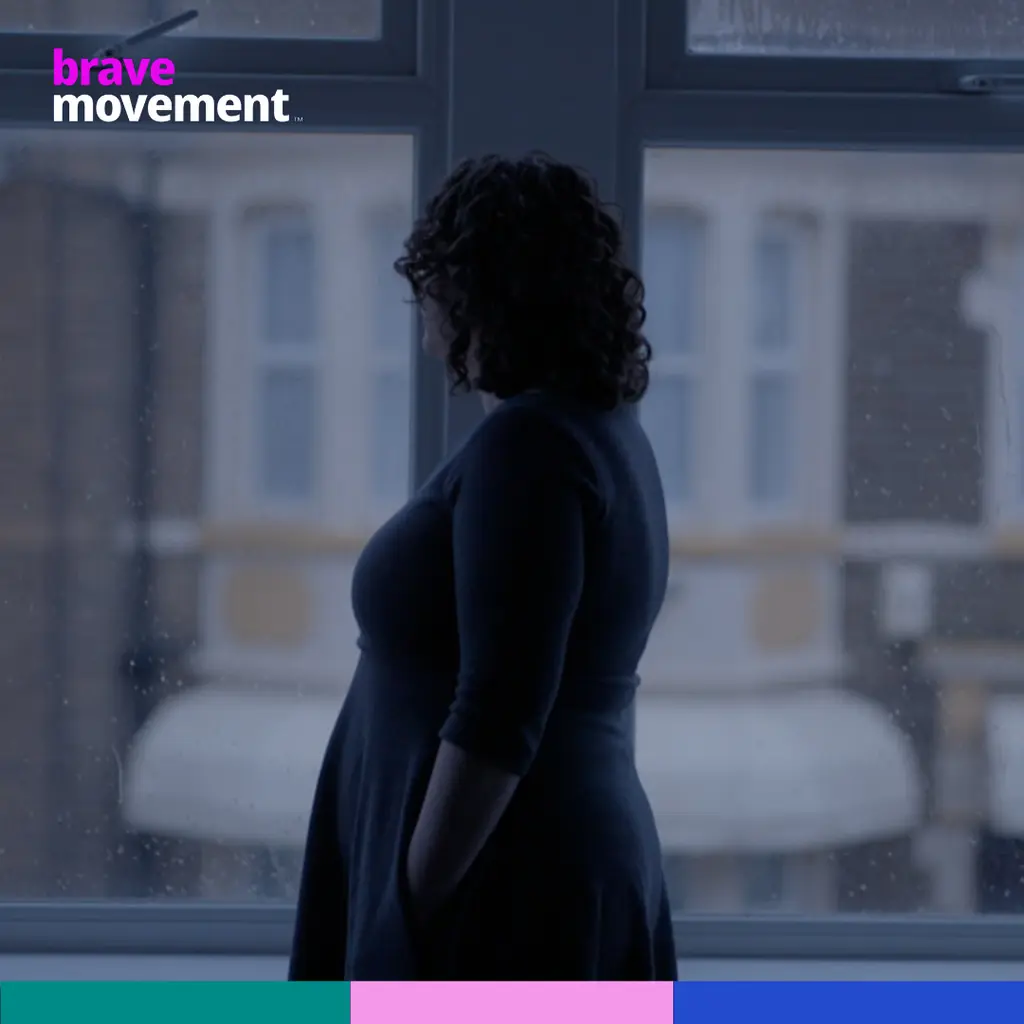Sensitive content
This site contains sensitive content that includes references to sexual violence.
Rhiannon-Faye has lived experience of technology-assisted child sexual abuse, which resulted in her being the victim of both online and offline sexual abuse when she was 13 years old. Wanting to use this experience to protect other children and support fellow victims and survivors, she began working alongside the Marie Collins Foundation in 2017.
She began speaking publicly to share her knowledge. She shares her lived experience with young people, parents, and professionals, helping to increase awareness and understanding of the impacts of Technology-Assisted Child Sexual Abuse and promoting the need for better support for victims to help their recovery journey.
She joined the MCF staff team in 2019 and is now the Head of Advocacy, co-ordinating the Lived Experience Group and advocating and campaigning to improve outcomes for victims and their families.
"The G20 is a vital forum to create a safer world for children. Survivors bring lived experience, strength, and solutions to global leaders. When our voices shape policy, commitments become meaningful. We are here to ensure leaders deliver on their pledges to end violence against children, turning promises into progress."

Three brave survivors share their experiences of online sexual violence against children

Childhood sexual violence is the greatest scourge of out time, but there is hope. With prevention, healing and justice, together we can make a safer world for all children.

There is no limit to the long-lasting impacts of online child sex abuse. Though significant efforts have been made globally to enact legislation on online child sexual abuse material, the meaningful integration of survivors’ lived experiences is critical to creating a holistic approach to end this global scourge. I was a victim of technology-assisted child sexual abuse when I was 13. I was manipulated into sending one topless image, and that image was used to blackmail me for more images, more videos, and then for my address, the perpetrator came to my home the following morning and committed sexual violence in person, and took more images. An example of a great solution to address technology-facilitated childhood sexual violence is the Model National Response by the WeProtect Global Alliance , in partnership with UNICEF. Some of those officers didn't understand that if you are the officer that's seen that child's image, then that child is not going to talk to you. So we helped them to implement a simple solution: If you've not seen that image, you tell the child upfront, “Don't worry, I've not seen it.” If you have seen it, then you do not speak to that child and instead another officer will conduct the conversation. A resource was also created specifically for those children who are identified in child sexual abuse images. We have seen children being blamed for taking an image consensually and sharing that with their boyfriend or girlfriend. However, we’ve seen children who have been threatened with criminalisation for those images. The Model National Response guides the coordination of national efforts that is critical in delivering a holistic response to online child sexual exploitation and abuse. However, challenges have included private sector participation, weak governance bodies, limited political will to address online child sexual exploitation and abuse, and an entrenched, artificial divide between online and offline child sexual exploitation and abuse.
November 28, 2024
|
I am a survivor of technology-assisted child sexual abuse. When I was 13 years old, I was groomed online by a much older man pretending to be someone else.
July 25, 2024
|